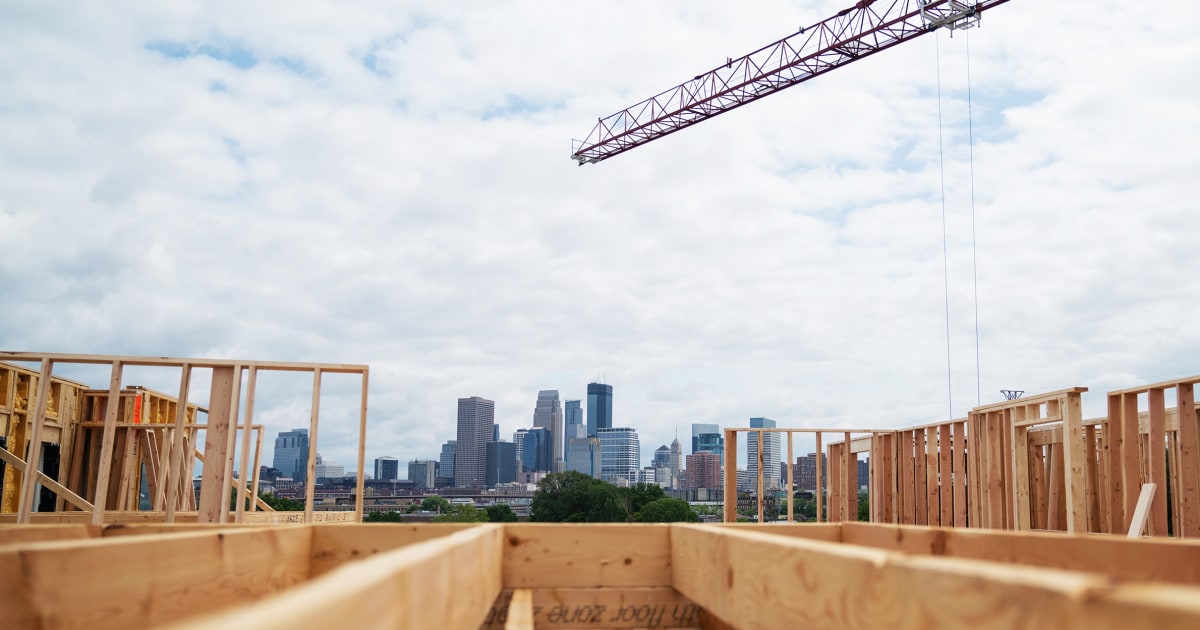“Absolutely not. It was a combination of zoning and parking requirements. It just wouldn’t have been possible,” Fischer said. He added that it would be an “understatement” to say the plan was a bit controversial. “The folks on the block really did not want this apartment building here.”
Jeremy Wieland, who lives a block up from the development, is one of those people. Wieland worries that the Solstice Apartments, which didn’t come with off-street parking, will make traffic in the area worse.
Wieland said the Solstice project didn’t do enough to listen to neighbors. But, he added, he supported other multifamily buildings in the neighborhood that better fit the “spirit of 2040” — such as buildings with more two-bedroom units instead of one-bedroom units where single tenants are more likely to move in.
“The building over there is in my backyard and I like it, and down there, [the Solstice Apartments] is in my backyard, and I don’t like it. So it’s always going to be about the specific instance,” Wieland said.
Fischer, the developer, said he designed the building to be part of the community, adding that the neighbors’ “worst nightmares” on parking have not materialized.
Environmental groups have also lodged complaints against Minneapolis, arguing that the city needed to do more to prove that increased density of living wouldn’t be harmful. A lawsuit from a group of nonprofits alleged that the city violated the Minnesota Environmental Rights Act by failing to prove that the 2040 plan would not harm the environment. In 2022, a court order halted the implementation of Minneapolis 2040.
The Minnesota state Legislature later passed legislation essentially protecting the plan from lawsuits. Walz, whom Frey said was “committed to the mission” on affordable housing, signed the measure into law in May. Last month, the Minnesota Supreme Court decided not to review the lawsuit, giving the plan a green light to move forward.
With the project gathering steam, and housing under intense national scrutiny, proponents say the Minneapolis experiment illustrates the need for a multipronged approach — with regulations and community engagement just as important as funding and tax breaks.
“We need the market to step in,” said the University of Minnesota’s Allen. “But I would also argue that’s not enough either. We also need to have more active state, local and federal government policies that look to support the housing market.”


